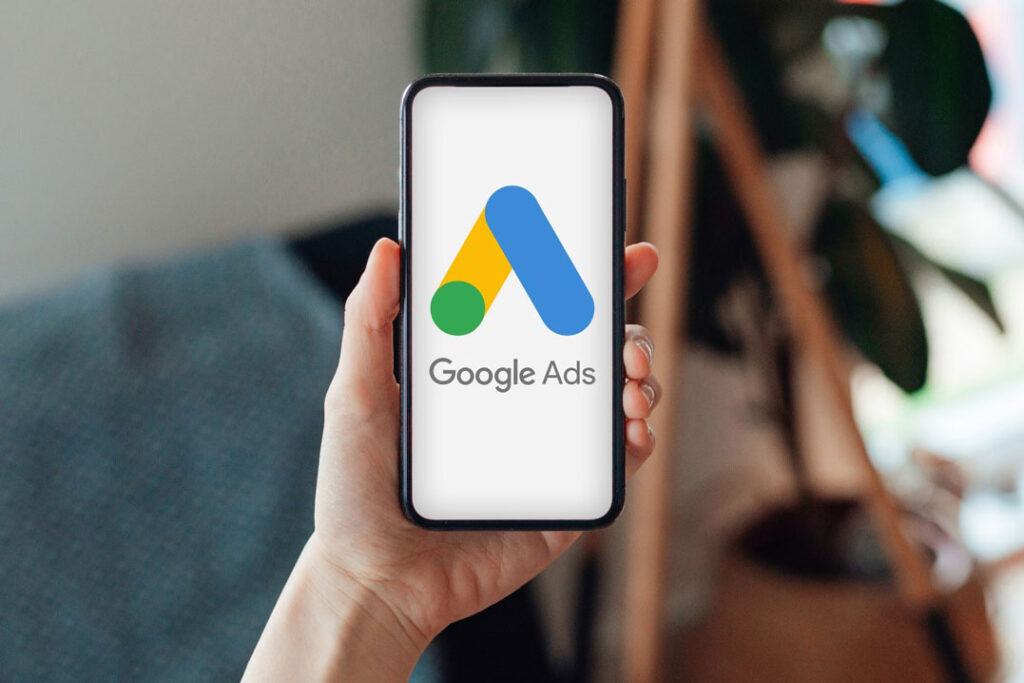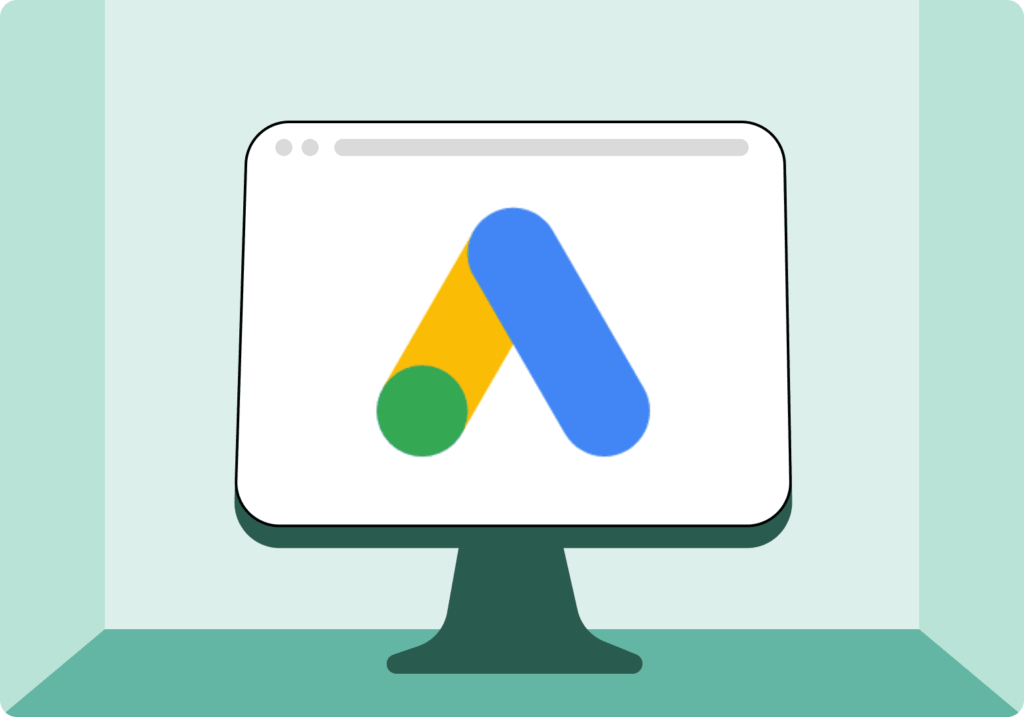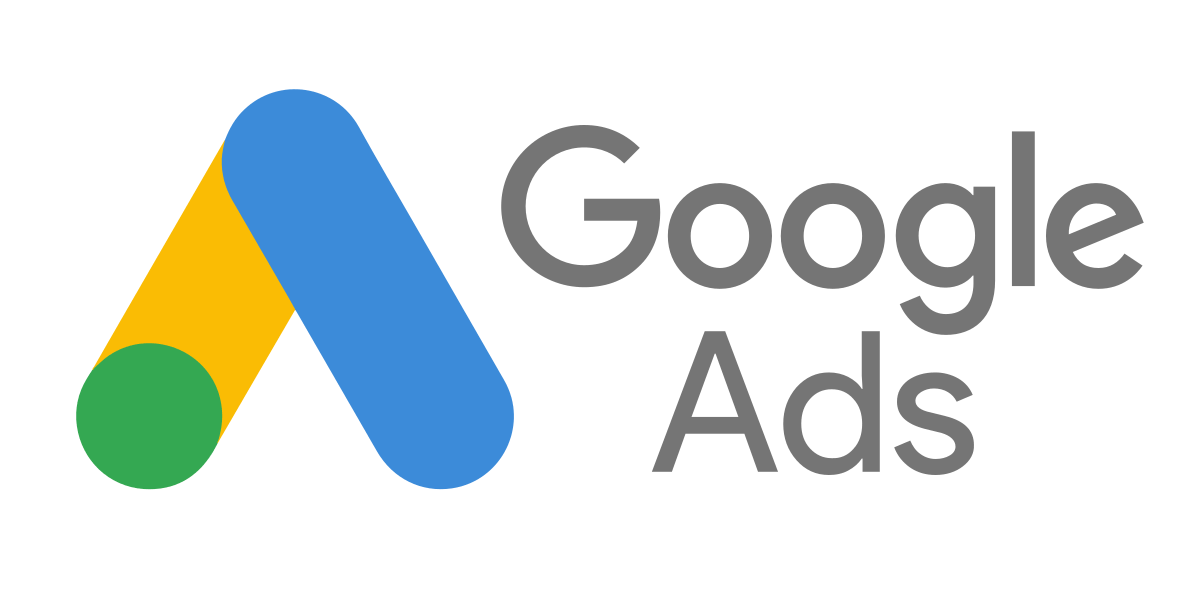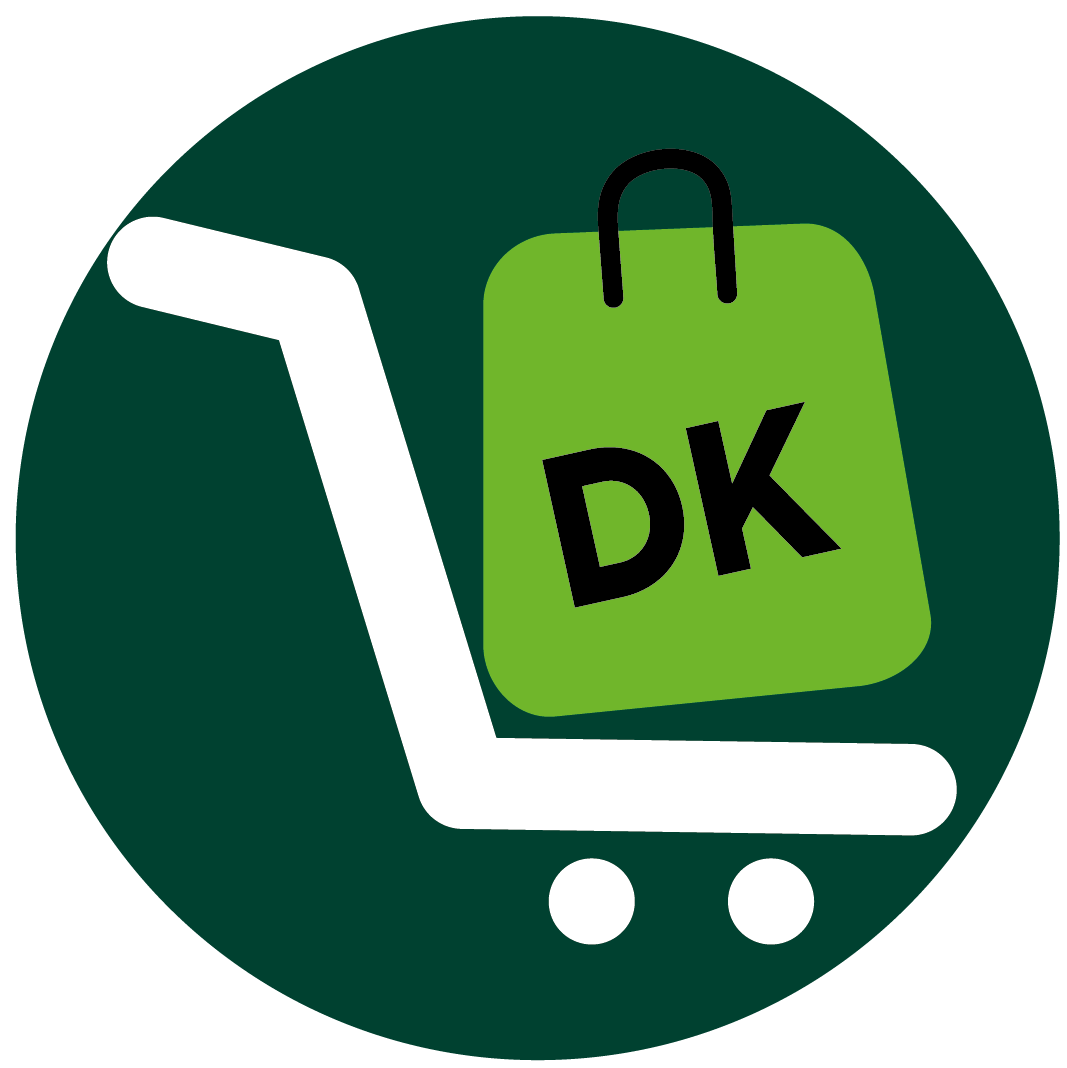Introduction
Google Ads, Google’s online advertising program, allows you to create targeted ads to reach interested audiences. With over 5 billion searches per day on Google, Google Ads presents a huge opportunity for online stores to get their products in front of potential customers. But with so many options out there, should you use Google Ads?
This article highlights the top 10 reasons why Google Ads can benefit your ecommerce store. For each reason, it covers the details on why it matters, the pros and cons, and examples to help illustrate the benefit. By the end, you’ll have all the information you need to determine if Google Ads is right to help grow your online store.
SUMMARY
1. Offers Massive Reach of Searches
2. Targets Intent-Based Audience
3. Fine-Tunes Targeting Options
4. Optimizes in Real-Time
5. Presents Easy-to-Understand Reports
6. Implements Multiple Bidding Strategies
7. Provides Detailed Audience Insights
8. Supports with Google Ads Specialists
9. Utilizes Advanced Automation Options
10. Integrates with Other Systems
Overview of 10 Reasons They’re Good for Your Online Store
How to Choose the Right Google Ads Setup
Pros & Cons of Using Google Ads
What to Watch Out For
Pro Tips
Recap
1. Offers Massive Reach of Searches

With over 2 trillion searches annually, Google processes over 5 billion searches per day. This volume allows you to reach interested searchers.
Pros
- Reach people with high commercial intent
- Connect with your consumers throughout decision journeys
- Engage with a highly motivated user mindset
Cons
- Encounter very high competition on most common terms
- Experience restricted visibility without top-tier quality scores
- Risk poor experience due to low relevance
As the dominant search engine, Google accounts for over 90% of searches. Each day, billions of users search Google to research products and find solutions to their needs. This massive volume allows you to niche down and still reach thousands of interested searchers.
>>> MORE : Dropshipping How to do Google Ads
2. Targets Intent-Based Audience
Searchers on Google have demonstrated purchase intent by entering a product-related search query. Their intent makes them more likely to engage with and convert from ads.
Pros
- Leverage intent via keywords and topics layering
- Tailor by demographics, location, context
- Employ sequential messaging matching buyer stage
Cons
- Navigate complexity with a significant learning curve
- Struggle to determine highest value options
- Face limitations in settings if not broadly inclusive
Displaying targeted text ads alongside organic listings allows you to leapfrog higher-ranked (but less commercially-focused) results. And people who search for your product demonstrate some interest and intent by virtue of entering a product-related search. Their established intent makes this audience more likely to click on text ads and convert on online stores.
3. Fine-Tunes Targeting Options
No other online ad platform offers the incredible range of targeting provided by Google Ads, including keywords, demographics, geographic, placement, and more.
Pros
- Drill down on who sees ads by tailoring to exact interests and needs
- Offers a guide for cold traffic
- Maps out typical consumer paths to purchase
- Guides on messaging by campaign objective
Cons
- Requires more work to configure and optimize for relevance
- Needs significant volume for niche targeting
- Increases complexity coordinating across targeted dimensions
Google Ads makes use of both Search (keywords on Google itself) and the Display Network (ad placements around the web) for targeting. Options include keywords, demographics, geography, interests, remarketing, placements, topics, and more. You can combine options to really hone in on likely buyers.
4. Optimizes in Real-Time

Google Ads accounts provide up-to-the-minute campaign data and flexible configuration options to adjust bids, creatives, landing pages, and more to boost performance.
Pros
- Provides the level of speed and agility to respond to what’s working/not working and instantly make changes for improvement
- Leverage trends while still relevant
- Prevents prolonged periods of underperformance
Cons
- Takes a few days to let changes fully take effect and understand performance impact Experience analysis paralysis sometimes
- Experience algorithmic processing timelines
- Encounter attribution complications across longer journeys
Google Ads reports on metrics like clicks, conversions, cost per conversion, bounce rates, pages per session, and more in real-time. Underperforming elements can quickly be identified. New ads can be activated, bids can be tweaked by device, location, time of day, and so on. Landing pages can be swapped out. And campaigns can be paused/enabled if needed.
5. Presents Easy-to-Understand Reports
Google Ads provides clearly presented performance reports on all metrics that matter so online stores can easily interpret what’s working well and what needs improvement.
Pros
- Offers useful predefined reports on all key metrics and dimensions
- Simplifies analysis
- Speeds up comprehension with visualizations
- Guides on investment to best performing elements
Cons
- Benefit from being combined with web analytics for fuller customer journey insights
- Face export limitations restricting manipulation
- Depend on accuracy of underlying data
Within the Google Ads interface, you get access to incredibly detailed reports on metrics like clicks, costs, conversions, conversion value, and more. These can be broken down across devices, locations, ad creative, landing pages, and additional dimensions. The reports simplify performance analysis since all the data is easily exportable and presented visually with tables and graphs.
6. Implements Multiple Bidding Strategies
Google Ads supports different bidding strategies geared to accomplishing goals around driving traffic, boosting brand awareness, or increasing conversions.
Pros
- Help you match campaigns to precise objectives
- Provides control over balancing volume of reach vs conversion performance
- Maximize clicks with Cost per Click (CPC)
- Optimize for conversions with Cost per Acquisition (CPA)
- Target revenue goals with Return on Ad Spend (ROAS)
Cons
- Requires understanding of how each bidding strategy works and monitoring performance based on selected approach
- Needs to pick an approach aligned to products.
- Deal with intricacies around approaches implementation
You can choose different bidding strategies based on campaign goals: CPC Bidding (cost-per-click), CPM Bidding (cost-per-thousand impressions), CPA Bidding (cost-per-acquisition/action), Target CPA Bidding, and Maximize Clicks Bidding.
7. Provides Detailed Audience Insights

Google provides overview info on search audience demographics and interests to inform ad targeting and creative optimization.
Pros
- Ensures ads and products resonate with target audiences
- Refines targeting parameters
- Informs creative personalization
Cons
- Reliant on Google consumer surveys
- Face panel participation consistency unknowns
- Encounter editorial summarization bias risks
The “Audiences” section of Google Ads helps advertisers research audience demographics (e.g., age, gender split, parental status) as well as interests and affinities (e.g., outdoor enthusiasts) based on search queries.
8. Supports with Google Ads Specialists
Google provides access to specialists with expertise in best practices to help you structure effective campaigns and assist with optimizations.
Pros
- Offers quick access to qualified experts in Google Ads capabilities and setup
- Provides best practices tailored to account performance
- Provides ongoing partnership to accelerate learnings
- Connects cross-client successes to your scenario
Cons
- Limits availability to accounts spending higher budgets
- Lacks abilities to scale the entire client base
- Shows partiality based on Google’s interests
Google designates specialist representatives to assist and advise higher spending advertisers. These knowledgeable experts help make sure accounts follow Google Ads policies and guide setup based on industry vertical and products. They also provide periodic optimization recommendations based on close account monitoring.
9. Utilizes Advanced Automation Options
Google Ads supports robust automation features around bids, budgets, creatives, and expanded text ads to reduce repetitive optimization tasks.
Pros
- Save significant time by automating tedious optimizations and management
- Identifies new opportunities.
- Enhances optimization guidance continually
- Alleviates repetitive analytical strain
Cons
- Requires careful setup and constraints
- Face potentially higher management overhead
- Encounter gaps from self-optimized black box
Many components of Google Ads can implement automation to simplify management. Smart bidding uses machine learning to automatically shift bids to maximize conversions or conversion value within designated budgets. Responsive search ads automatically test different ad headline and description combinations.
10. Integrates with Other Systems
Google Ads offers integrations with CRMs, analytics platforms, tag managers, and other martech to enable unified data and insights.
Pros
- Provides a comprehensive view of customer journeys
- Offers better optimization through complete event data
- Simplifies implementation management
- Informs on personalized experiences
Cons
- Requires implementation work and maintenance for integrations
- Slows page load time
- Introduces additional vendor dependency risks
- Encounter debugging complications
To track offline conversions and analyze long-term value, Google Ads can ingest data from platforms like CRMs, analytics tools, call tracking systems, and more to tie ad clicks to downstream customer actions. This aggregated view improves measurement and targeting capabilities.
Overview of 10 Reasons They're Good for Your Online Store
Google Ads presents significant opportunities for your online store to drive awareness, generate traffic, connect with motivated searchers, and retarget site visitors across devices and locations. The platform makes it straightforward to create targeted text and display ads, drive large volumes of intent-based searchers to product listings, and analyze performance in real-time to optimize for conversions.
Advanced options even allow automating routine management tasks to save time. Meanwhile, in-depth targeting capabilities and detailed audience insights help tailor ads and products precisely to likely buyers. Altogether, the reasons highlighted make a data-driven, performance advertising platform like Google Ads extremely valuable for the growth of ecommerce stores.
>>> GET SMARTER : Dropshipping How to Advertise
How to Choose the Right Google Ads Setup
To maximize your likelihood for Google Ads success:
- Define clear campaign goals and metrics for success upfront
- Research optimal ad types for your products
- Use negative keywords and conversion tracking for accurate data
- Create highly targeted ad groups around products, services or sub-sections
- Develop numerous relevant ad creatives and landing pages to test
- Analyze reports frequently and make data-driven optimization decisions
Pros & Cons of Using Google Ads
Pros
- Offers massive reach to intent-driven search audience
- Provides advanced targeting capabilities
- Enables real-time campaign management and optimization
- Automates tedious management tasks
- Drives product visibility and discovery through Shopping ads
- Supports both bottom-of-funnel and brand awareness goals
Cons
- Lacks guarantee of first-page ad visibility
- Experience increasing CPCs in competitive advertising auctions
- Requires significant learning curve to use effectively
- Face risk of impression/click fraud that inflates costs
- Presents reporting that can seem overwhelming for larger accounts
What to Watch Out For
A few key pitfalls to be aware of when getting starting with Google Ads include when you:
- Use overly broad targeting leading to irrelevant traffic
- Write confusing, misleading, or “click-bait” ad copy
- Send traffic to poorly optimized landing pages
- Lack settings for conversion tracking
- Fail to leverage available automation options
- Let poor performing keywords, ads or landing pages linger
- Fail to analyze reports frequently enough to capitalize on trends
Avoiding these common mistakes takes concerted effort upfront to implement Google Ads best practices combined with continual optimization. But the level of control and customization available makes the platform well-suited for ambitious online stores.
Pro Tips
A few pro tips to maximize the potential of Google Ads:
- Take advantage of Google’s free certifications to build expertise
- Setup conversion tracking early using Google Tag Manager
- Create numerous ad variations and landing pages to test
- Use shopping ads and product feeds to boost product visibility
- Include call extensions to enable click-to-call directly from ads
- Develop a culture focused on analytics and optimization
Recap
Google Ads offers your online store numerous opportunities to expand reach, generate traffic, and engage with motivated searchers through targeted advertising campaigns. It taps into the vast volume of Google searches, enabling precise audience targeting based on interests, demographics, and behaviors.
Real-time optimization features and easy-to-understand reports facilitate data-driven decision-making. Multiple bidding strategies, detailed audience insights, and expert support enhance targeting and performance.
Advanced automation options streamline management tasks, while integration with other systems provides comprehensive insights into customer journeys. To leverage Google Ads effectively, defining clear goals, researching optimal ad types, and analyzing reports regularly are crucial. Avoiding common pitfalls and implementing pro tips maximize the potential of Google Ads.














